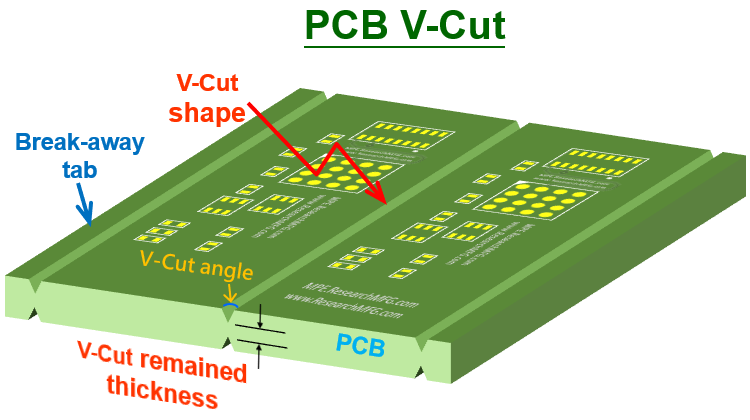
When designing a PCB layout, various questions inevitably arise. Is this PCB best suited for a single-layer, double-layer, or multi-layer configuration? How should you protect against ESD/EMI? Will the printed circuit board assembly (PCBA) use a single-sided or double-sided process? Should the selection of electronic components be through-hole devices, surface mount devices, or a combination of both? This article will primarily focus on the PCB soldering production processes.



